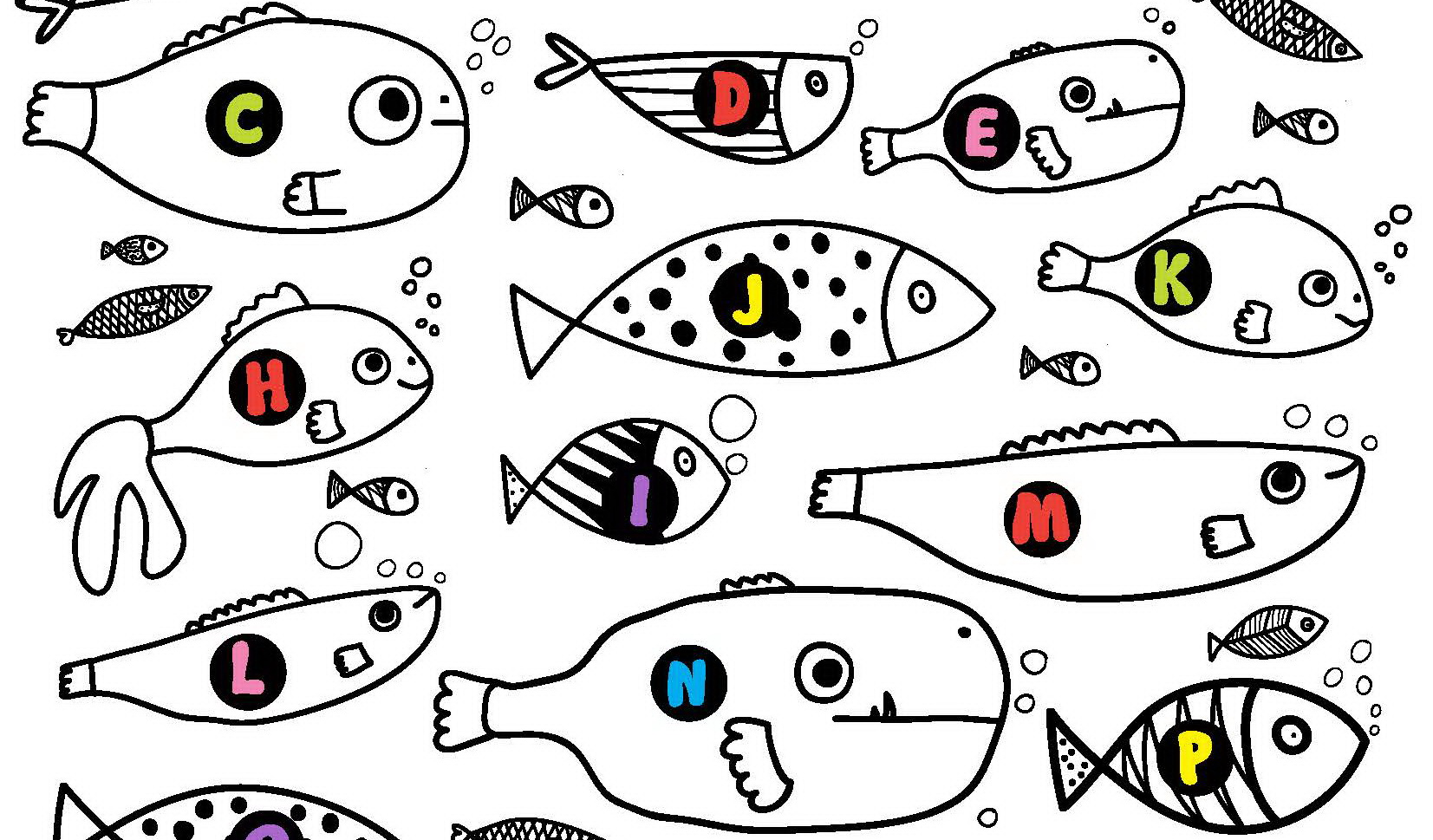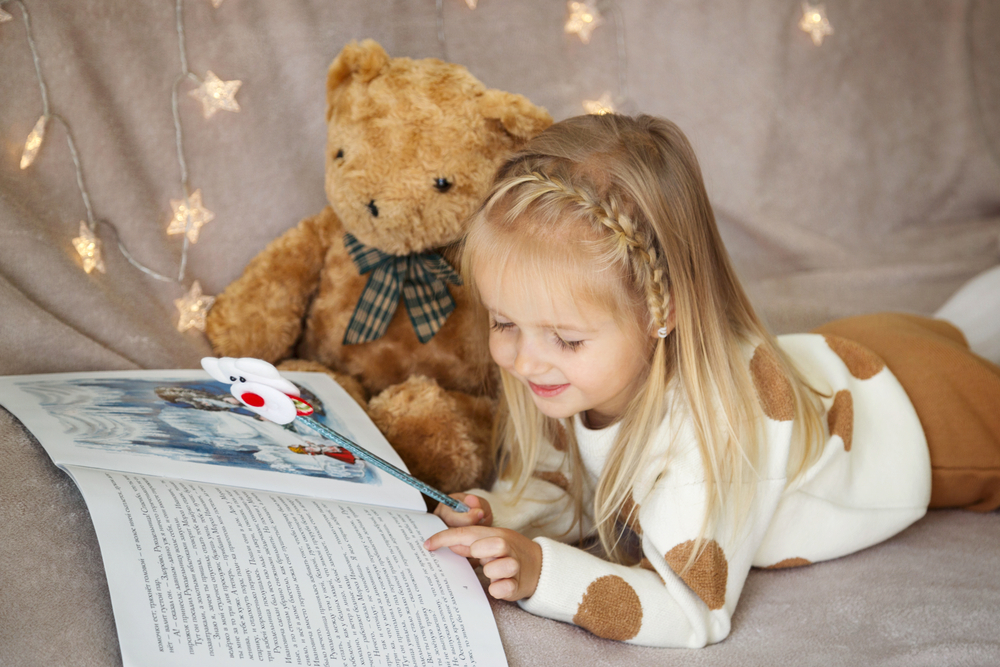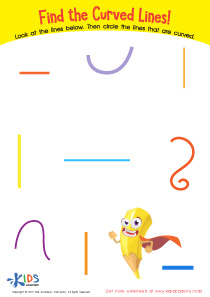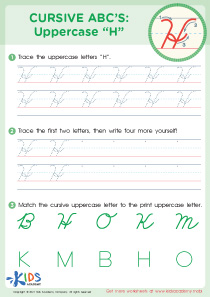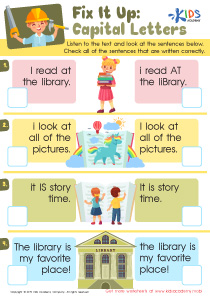Motor skills development Letter Recognition Worksheets for Ages 5-6
5 filtered results
-
From - To
Enhance your child's early learning with our Motor Skills Development Letter Recognition Worksheets designed for ages 5-6. These engaging worksheets combine fun activities with effective educational practices to strengthen fine motor skills and letter recognition. Perfect for preschool and kindergarten students, our worksheets feature tracing, matching, and coloring exercises that not only teach the alphabet but also improve hand-eye coordination and penmanship. Developed by educators, these worksheets provide a solid foundation for future reading and writing success. Encourage your child's growth with our expertly crafted resources, making learning both enjoyable and productive!
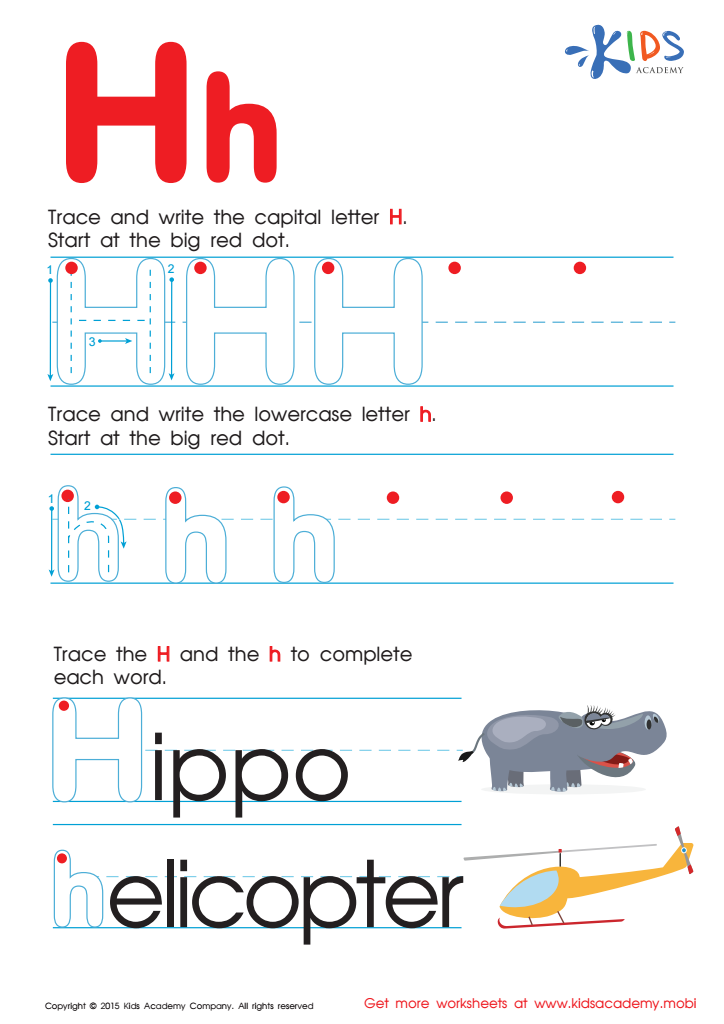

Letter H Tracing Page
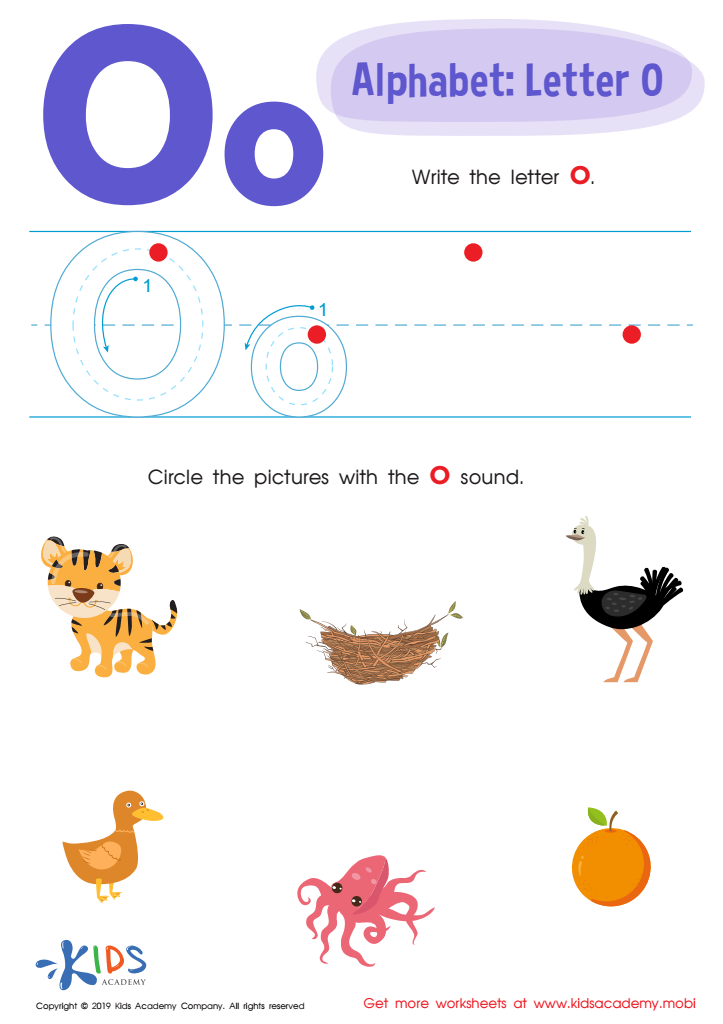

Letter O Tracing Worksheet
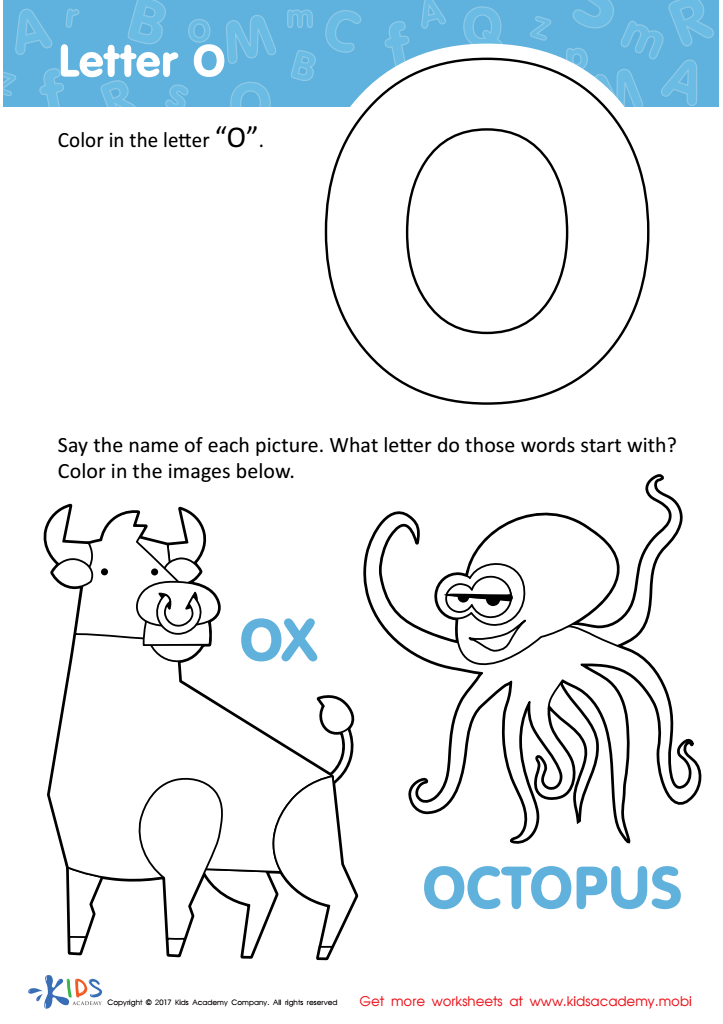

Letter O Coloring Sheet
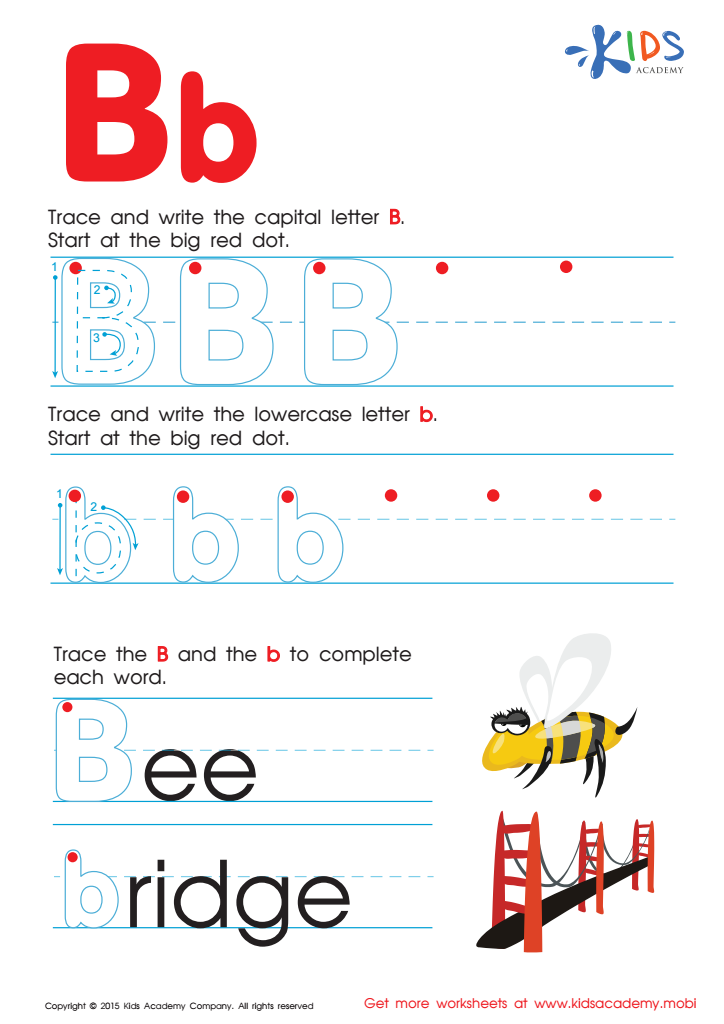

Letter B Tracing Page
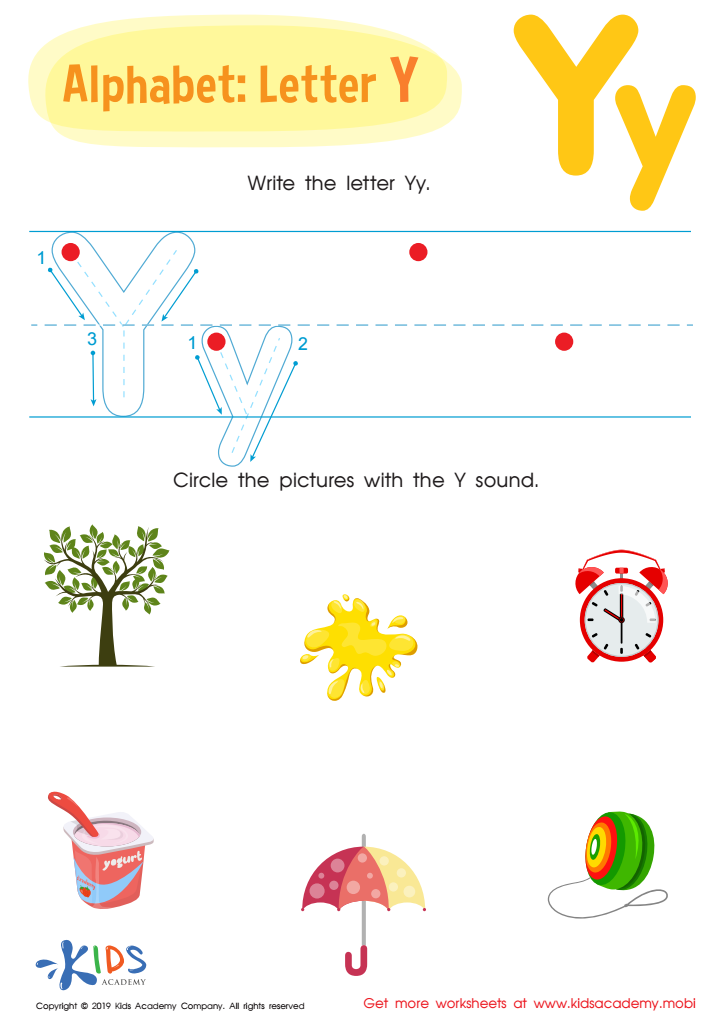

Letter Y Tracing Worksheet
Motor skills development and letter recognition are critical aspects of a child's early learning, especially for ages 5-6. At this stage, fine motor skills—such as the ability to hold and control a pencil—are foundational for writing. Developing these skills allows children to practice forming letters and shapes accurately, thereby laying the groundwork for literacy. Strong motor skills at an early age can correlate with academic achievements later on.
Simultaneously, letter recognition is an integral part of learning to read and write. Recognizing letters and knowing their corresponding sounds helps children decode words, which is essential for reading fluency and comprehension. Proficiency in letter recognition enables children to interpret written text more quickly and with greater ease, setting the stage for lifelong learning.
Parents and teachers should prioritize these skills because they support overall academic success and contribute to self-confidence. Intervening early fosters a positive attitude toward learning and exploration. Engaging activities, such as tracing letters, playing with letter blocks, and drawing, cater to the development of both motor skills and letter recognition. This dual focus equips children with the essential tools for effective communication and academic achievement, providing a strong foundation for future educational endeavors.
 Assign to My Students
Assign to My Students






